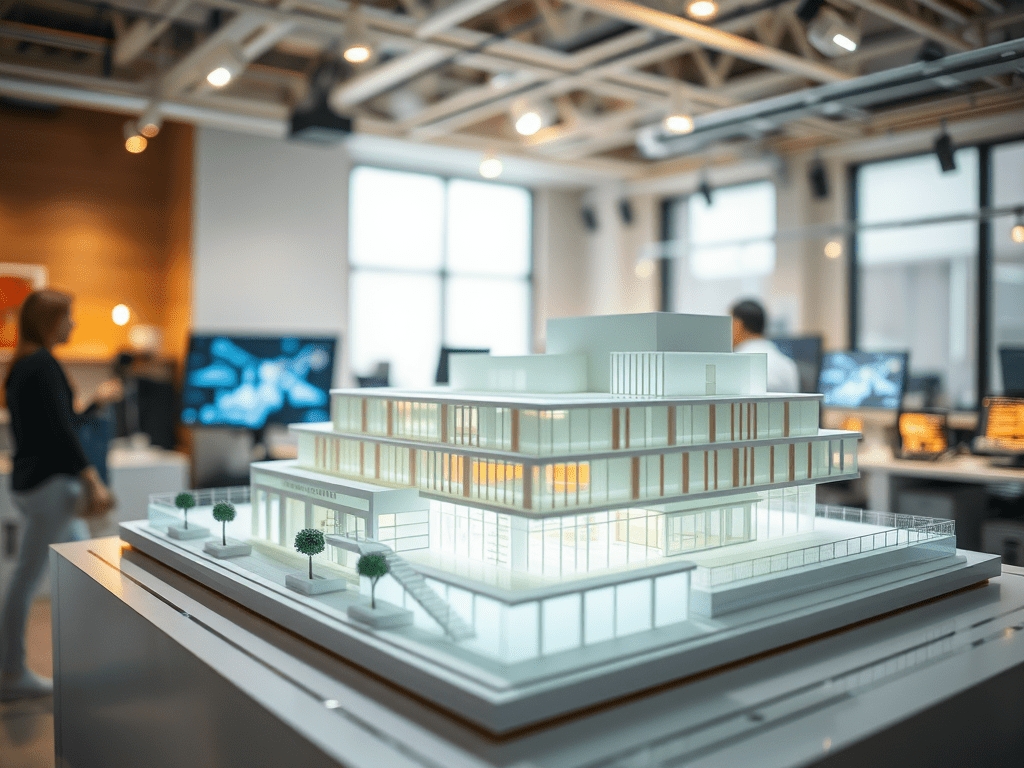How Digital Twins Are Transforming the Architecture Industry

In recent years, the architecture industry has witnessed a revolutionary shift in how buildings are designed, constructed, and managed. At the forefront of this transformation is the concept of digital twins – virtual replicas of physical structures that are changing the game for architects, engineers, and building managers alike.
What Are Digital Twins?
Digital twins are dynamic, digital representations of physical objects or systems. In architecture, a digital twin is a highly detailed 3D model of a building that includes not just its physical characteristics, but also real-time data on its performance and condition. This virtual doppelgänger evolves alongside its physical counterpart, providing invaluable insights throughout the building’s lifecycle.
The Impact on Architecture
1. Enhanced Design and Planning
Digital twins allow architects to simulate various design scenarios and their impacts before breaking ground. This capability enables:
- More accurate cost estimations
- Improved energy efficiency modeling
- Better space utilization planning
- Enhanced collaboration among stakeholders
2. Streamlined Construction
During the construction phase, digital twins offer:
- Real-time progress tracking
- Improved coordination between different trades
- Early detection of potential conflicts or issues
- More efficient resource allocation
3. Optimized Building Management
Post-construction, digital twins continue to add value by:
- Facilitating predictive maintenance
- Optimizing energy consumption
- Enhancing occupant comfort and safety
- Providing data-driven insights for future renovations or expansions
Real-World Applications
Several high-profile projects have already leveraged digital twin technology:
- The Giza Project: Researchers are creating a digital twin of the entire Giza Plateau, including the pyramids, to aid in preservation efforts and archaeological studies.
- Cityzenith’s Clean Cities – Clean Future: This initiative uses digital twins to help cities reduce carbon emissions from buildings.
- Singapore’s Virtual Singapore: A comprehensive digital twin of the entire city-state, used for urban planning and disaster response simulations.
Challenges and Future Outlook
While the potential of digital twins in architecture is immense, challenges remain:
- High initial costs for implementation
- Need for standardization across the industry
- Data security and privacy concerns
- Requirement for specialized skills and training
Despite these hurdles, the future looks bright for digital twins in architecture. As technology continues to advance and become more accessible, we can expect to see wider adoption across the industry. This will likely lead to more sustainable, efficient, and innovative building designs that better serve the needs of occupants and the environment.
In conclusion, digital twins are not just a passing trend but a fundamental shift in how we approach architecture. By bridging the physical and digital worlds, they offer unprecedented opportunities for innovation, efficiency, and sustainability in the built environment. As the technology matures, it’s clear that digital twins will play an increasingly crucial role in shaping the future of architecture.